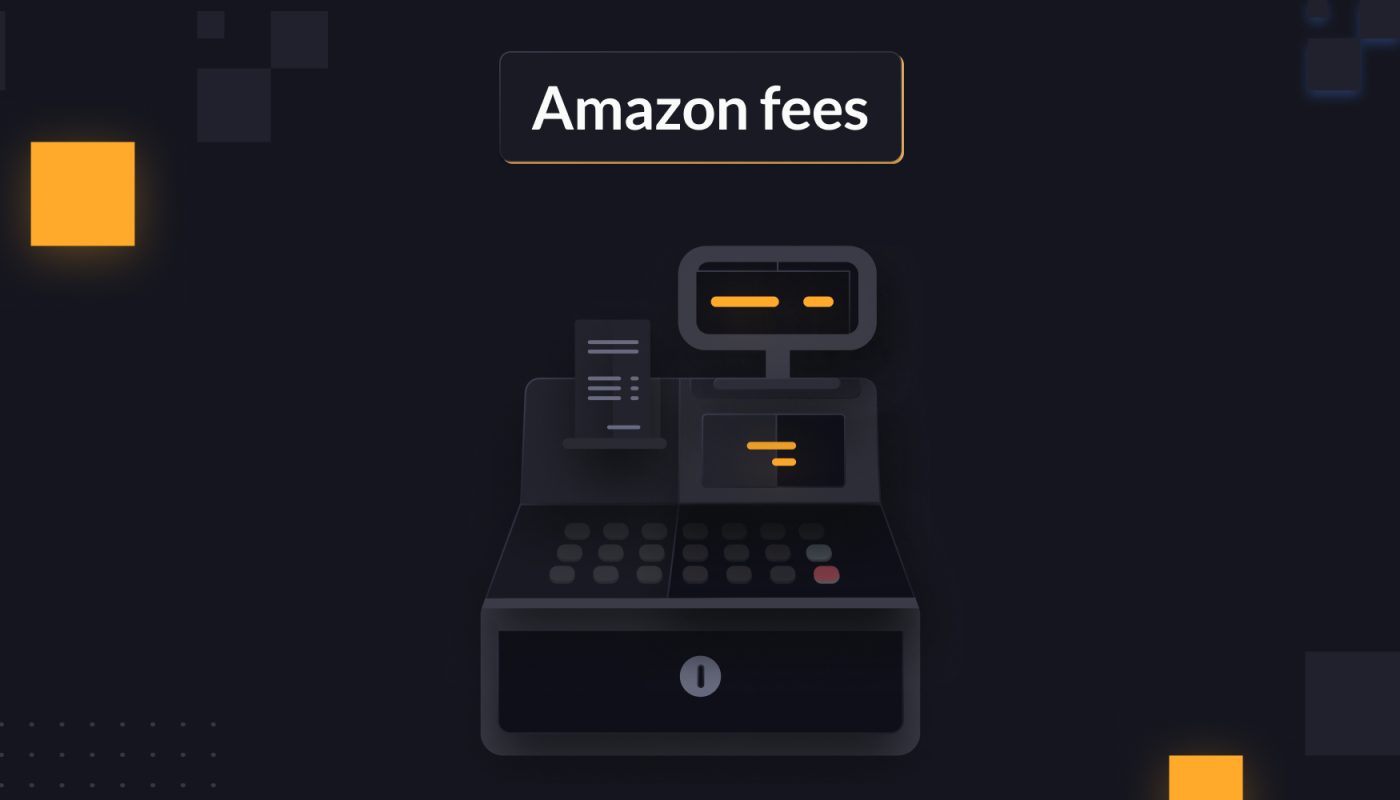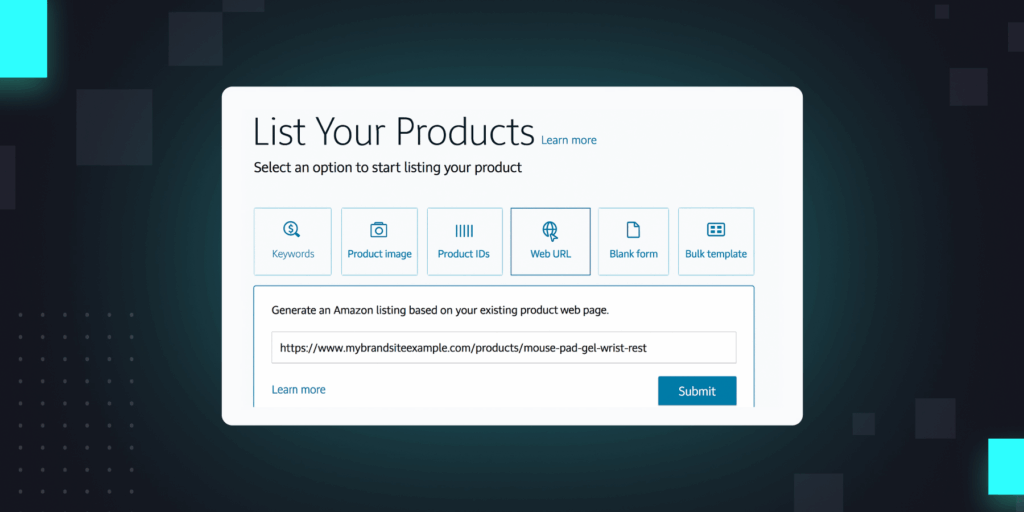You have probably heard that Amazon is adding a bunch of new fees related to warehousing, inventory, and returns.
Many brands worry it’s going to dramatically impact their bottom line—but how worried should you (or your clients) be?
To answer that question, you need to build a clear understanding of your profitability at the ASIN level and all of the various fees that go into it.
Sure, the extra cost of Amazon’s new fees might be a big problem for certain products. But it also might not have as much of an effect on others.
Here’s everything to know about the new fees—and how to crunch the numbers on what they mean for you.
What are Amazon’s new inventory fees?
Amazon is actually introducing a series of different fees, as the company outlined in a recent blog post.
The first—the inbound placement service fee—is meant to cover Amazon’s cost of spreading products around fulfillment centers across the country.
Let’s back up: Amazon allows sellers to ship all of their products to a single Amazon warehouse, and then have Amazon disseminate those products across the ecosystem accordingly.
For many sellers, shipping all of your products to one hub and letting Amazon take care of the rest is much easier than batching your inventory out to different warehouses on your own.
The problem is, this automatic inventory distribution service now comes with a steep cost. The new inbound placement service fee encompasses both standard-size (at $.27 per unit) and large bulky-sized products (at $1.58 per unit). (See a full breakdown of the fees here.)
The fee is charged 45 days after your shipment reaches Amazon.
Amazon is also adding new fees like:
- Low inventory fees: If your product has consistently low stock, you’ll be hit with a variety of fees, which vary based on the size of the product.
- Returns processing fees: Amazon is also adding fees for returns processing, if your product has an elevated return rate for your category. The one exception is that these fees don’t apply if you sell apparel products. (Learn more about managing returns here.)
To at least partly balance out the additional fees, Amazon is reducing the standard FBA fulfillment fee. These fee reductions average to $.20 per product for standard products and $.61 per product for large bulky products. Amazon is also cutting referral fees for apparel products under $20.
But many sellers expect they will still be paying more than before.
Can I get around the new inbound placement fees?
There are ways around Amazon’s new fees. Let’s start with the inbound placement service fee.
You can find some other possible workarounds, depending on the size of your shipment, outlined here. For small parcel shipments, batching your shipments—including 4+ cartons of a single SKU—seems to avoid the extra fees.
What about the other fees? It’s not just the inbound placement fee. You can also dodge the low-inventory fee if you ensure you always have at least four weeks of inventory. Of course, it can be difficult to send in enough inventory to your FBA warehouses sometimes, so this is easier said than done.
Understanding how your inventory levels impact other areas of your business, like your ads, helps a lot in achieving this. In the Intentwise Ad Optimizer, you can see your inventory levels alongside your ad campaigns, and easily create rules that pause your ads if your stock is low.
Meanwhile, you can avoid the returns processing fees by keeping your returns rate down. That means constantly monitoring your reviews for potential product or packaging issues, as well as ensuring your product pages are as accurate as possible.
One way Intentwise helps our partners is through our customer review sentiment analysis. We use AI to identify patterns or trends in your reviews, which can help you catch potential problems before they escalate.
How do I measure the impact of Amazon’s new fees?
You might be wondering whether Amazon’s inbound placement service is still worth it for you even despite the fee increase. Should you still ship every product to a single warehouse and let Amazon distribute it from there, or should you begin more regional shipments on your own?
The only way to answer this question is to compare the cost of sending multiple shipments to different locations to the cost of using Amazon’s inbound placement service. You would need to do this at the ASIN level, since these fees vary by ASIN.
Whatever you decide, you should also put it in the larger context of your profitability. Profitability calculations are delicate balancing acts.
Profitability on the ASIN level doesn’t live in one place on Amazon: You have to cobble together these new numbers across various different reports, like the advertised products report, the settlement report, the customer returns report, and more.
The reason you need to know your ASIN-level profitability is that the inbound placement fees might be a bigger deal to some products than to others. After all, the fees vary based on the size and weight of the product.
Your task is to figure out how much these fees will cut into the profit margins of your existing product portfolio.
Are the highest fees going to hit your least profitable product? Then maybe it’s time to brainstorm a workaround. But remember, the reverse could also be true. Maybe you sell an easy-to-ship, lightweight, yet highly profitable product.
In that case, these fees won’t be much of a concern.
Big picture, you can’t audit the impact of these fees on your products if you don’t have a clear, easy-to-refresh view of your profitability. Leaning on a software solution like Intentwise, which can automatically calculate your profitability by ASIN for you, can relieve a lot of the headache.







